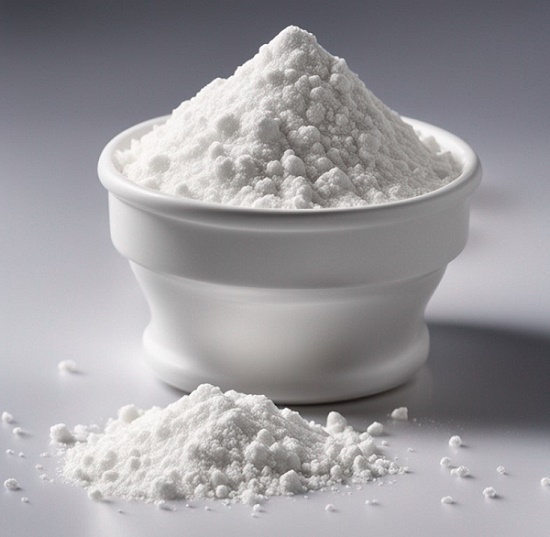Introduction and Uses of NADP sodium salt
Nov 16,2023
Introduction of NADP sodium salt
NADP sodium salt is a nicotinamide adenine dinucleotide, a redox cofactor. NADP sodium salt is also an energy sensor, signalling molecule, redox couple and plays an important role in plant metabolism, photosynthesis. NADP monosodium salt exerts its effects by inhibiting enzymes such as Nucleoside Diphosphate Kinase (NDPK) and Adenosine Kinase (ADK) that competitively inhibit nucleotide metabolism. In addition, it acts as a substrate for enzymes such as DNA polymerase and RNA polymerase, thereby incorporating NADP monosodium salt into nucleic acids during replication and transcription.
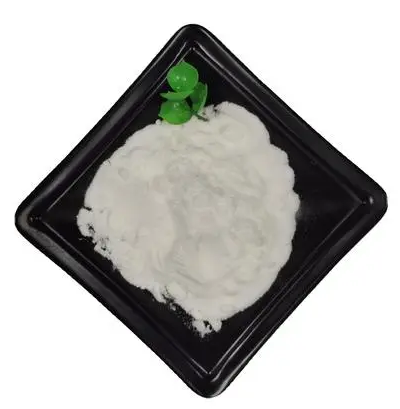
Uses of NADP sodium salt
Cyclic electron transfer (CET) predominates when NADP+ is at basal levels, early in photosynthetic induction. CET is involved in de novo NADP+ supply in Arabidopsis thaliana measured chloroplastic NADP dynamics to evaluate responsiveness to variable light, photochemical inhibitors, darkness, CET activity. The sum oxidized reduced forms shows that levels NADP NAD increase decrease, respectively, in response to light; levels NADP NAD decrease increase in dark, respectively. Moreover, consistent with pH change in stroma, pH preference chloroplast NAD+ phosphorylation NADP+ dephosphorylation is alkaline weakly acidic, respectively. Furthermore, CET is correlated with upregulation light-responsive NADP level increases downregulation dark-responsive NADP level reductions. These findings are consistent with CET helping to regulate NADP pool size via stromal pH regulation under fluctuating light conditions.
Endogenous NADPH/NADP+ dynamics were detected in zebrafish living pancreatic β-cell embryos using an Apollo-NADP+ sensor microfluidic device. The pentose phosphate pathway is a major source of NADPH in many cells, and its flux has been reported to be low in β-cells. Therefore, it is unclear how these cells compensate to meet the demand for NADPH. The pyruvate cycle was found to be the major source of NADP+ reduction in β-cells, with a contribution from the folate cycle following acute electrical activation. Overall, in vivo application of the Apollo-NADP+ sensor revealed that β-cells are able to adapt to NADPH/NADP+ redox under stress.
References:
[1] CINDY V BUI. Apollo-NADP+ reveals in vivo adaptation of NADPH/NADP+ metabolism in electrically activated pancreatic β cells.[J]. Science Advances, 2023, 9 40: eadi8317. DOI:10.1126/sciadv.adi8317.
[2] YUSUKE FUKUDA. Adjustment of light-responsive NADP dynamics in chloroplasts by stromal pH.[J]. Nature Communications, 2023, 14 1: 7148. DOI:10.1038/s41467-023-42995-9.
- Related articles
- Related Qustion
NADP sodium salt
1184-16-3You may like
NADP sodium salt manufacturers
- NADP sodium salt
-
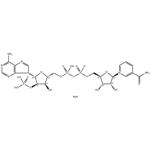
- $8.00 / 1KG
- 2024-03-29
- CAS:1184-16-3
- Min. Order: 1KG
- Purity: 99%
- Supply Ability: g-kg-tons, free sample is available
- β-NADP-sodium salt
-
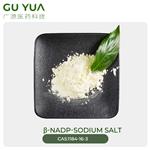
- $10.00 / 1kg
- 2024-03-08
- CAS:1184-16-3
- Min. Order: 1kg
- Purity: 99%
- Supply Ability: 1000kg
- BETA-NICOTINAMIDE ADENINE DINUCLEOTIDE PHOSPHATE SODIUM SALT
-
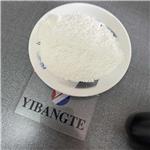
- $0.00 / 1kg
- 2023-10-24
- CAS:1184-16-3
- Min. Order: 1kg
- Purity: 99%
- Supply Ability: 50000kg




